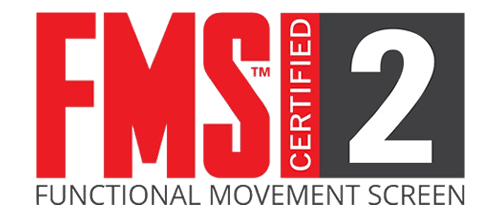Lisfranc Fracture Dislocation
Introduction
Anatomy
Causes
Symptoms
Diagnosis
Your doctor will review your medical history and conduct an examination. You will be asked to move or position your foot so your doctor can see how it is functioning. Imaging studies such as X-rays, computed tomography (CT) scans, or magnetic resonance imaging (MRI) scans are used to confirm the fracture location and identify dislocated bones.
Surgery
Surgery is used to place dislocated bones in the correct position and stabilize fractures while they heal. Surgical hardware, such as pins, screws, or wires, are placed during surgery to hold the bones in alignment. You will wear a cast and use crutches for about six to eight weeks. After the surgical hardware is removed, you will wear a rigid walking brace or shoe. You may participate in physical therapy to regain the motion of your foot and ankle.
Treatment
The treatment that you receive depends on the extent and severity of your injury. A combination of non-surgical treatments is used if the bones did not dislocate. A cast is placed on the foot to keep it in the proper position while fractures heal. During this time, you will need to keep weight off your foot and walk with crutches. When the cast is removed, physical therapists will teach you exercises to help you gain motion and strength.
Recovery
Recovery is individualized and depends on the extent of your condition and the treatment that you received. It is common for arthritis to develop after a Lisfranc fracture, requiring additional treatment.
Prevention
It is important to follow your doctor’s instructions for keeping weight off your foot or refraining from certain activities while your fracture heals. You should perform your physical therapy exercises at home as instructed.

Copyright © - iHealthSpot Interactive - www.iHealthSpot.com
This information is intended for educational and informational purposes only. It should not be used in place of an individual consultation or examination or replace the advice of your health care professional and should not be relied upon to determine diagnosis or course of treatment.
The iHealthSpot patient education library was written collaboratively by the iHealthSpot editorial team which includes Senior Medical Authors Dr. Mary Car-Blanchard, OTD/OTR/L and Valerie K. Clark, and the following editorial advisors: Steve Meadows, MD, Ernie F. Soto, DDS, Ronald J. Glatzer, MD, Jonathan Rosenberg, MD, Christopher M. Nolte, MD, David Applebaum, MD, Jonathan M. Tarrash, MD, and Paula Soto, RN/BSN. This content complies with the HONcode standard for trustworthy health information. The library commenced development on September 1, 2005 with the latest update/addition on February 16, 2022. For information on iHealthSpot’s other services including medical website design, visit www.iHealthSpot.com.






